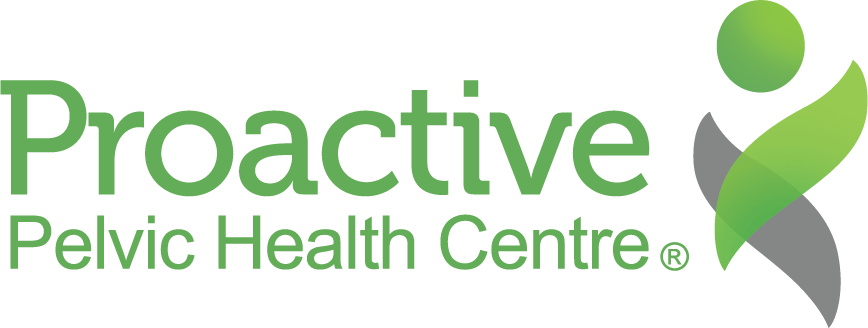Varicose Veins during Pregnancy
Beth Safarian, PT, MSc. PT, BSc
Registered Physiotherapist – Pelvic Health
During pregnancy, a person’s blood volume increases by 30-50% in order to support the placenta and the baby. This increase in blood volume means there is more of a load placed on the venous system. Veins throughout the body become stretched, which over time can lead to the veins becoming distended and swollen. This is how varicose veins are formed. They are most often seen on the legs, but can also occur in the vulva and anus/rectum. Varicose veins that occur in the anus/rectum are also known as hemorrhoids. They are typically a blue/purple colour, and can be raised from the surface of the skin appearing swollen and twisted. They can be pain-free, but can also be tender to touch and present with an ache sensation when in upright positions like sitting or standing. While it is not likely that varicose veins can disappear during pregnancy, there are exercises and strategies that can help minimize them and reduce the associated symptoms.
Compression Garments
Compression garments are probably the most common suggestion for lower extremity swelling and varicose veins during pregnancy. The compression helps to support the function of the veins by encouraging blood flow back up to the heart and minimizing pooling in the lower extremities. They are engineered to have the most compression at the most distal part of the extremity (eg. foot/ankle), and then the compression reduces slightly as the garment moves more proximally towards the knee/thigh. Compression socks are the most commonly use garment, but there are also compression leggings that start at the ankle and provide support all the way up the leg, pelvis and abdomen. There are also more specific compression garments for vulvar varicosities. They look similar to a jock strap and are worn under your clothes to apply direct pressure to the vulva.
Water Therapy
Water therapy and aquatic exercise can have a similar effect on the venous system as compression garments because of the hydrostatic pressure. The pressure that the water puts on our bodies when we are submerged acts as a natural compression garment, and it also reduces the impact of gravity on the venous system. Water therapy might look like a water aerobics class, lane swim, or even just floating. You can also use more direct strategies like taking a warm sit bath for vulvar varicosities or hemorrhoids. The warm water helps encourage better blood flow, as well as provides pain relief. Alternatively, immersing your lower legs in cold water causes constriction of vessels to help reduce swelling.
Movement
Movement is an excellent way to promote blood flow. When sedentary, there is reduced blood flow and more retention in the veins of the lower extremities. Gentle aerobic exercise such as 30 minutes of walking, swimming or biking are great options. Strength training, yoga and pilates are also beneficial forms of exercise during pregnancy. One of the functions of the pelvic floor is that it acts as a “sump pump” for the venous and lymphatic systems in the pelvis. This means that when the pelvic floor contracts, it is encouraging movement of blood and lymph back up to the heart. This is why your pelvic physiotherapist may prescribe pelvic floor exercises to help with your vulvar varicosities. We often recommend other circulation focused exercises when someone is dealing with pelvic congestion. This involves elevating the legs on a wall while laying down if you are able to tolerate the position comfortably for about 5 minutes. We take our clients through a routine of leg movements and pelvic floor exercises to encourage blood flow throughout the pelvis. Even something as simple as ankle pumping when laying in bed can be helpful for swelling. It is important to note, that while exercise is recommended, it can be detrimental for varicose veins if you do too much of it as well. For example, if you are constantly standing or walking throughout the day, the effect of gravity can also worsen your symptoms. It is important to find the right balance of movement, as well as rest and elevation. This balance is different for every individual, so it is important to listen to your body for guidance. A pelvic health physiotherapist can also help educate and make recommendations for exercise. In addition to physiotherapy, prenatal clients may also benefit from prenatal massage. Gentle, superficial massage techniques can help promote movement of lymph and blood flow from swollen areas. This type of treatment can relieve the pressure and swelling in the legs during pregnancy. It is important to seek care from a certified prenatal massage therapist, as they are trained in gentle, safe techniques during pregnancy.


